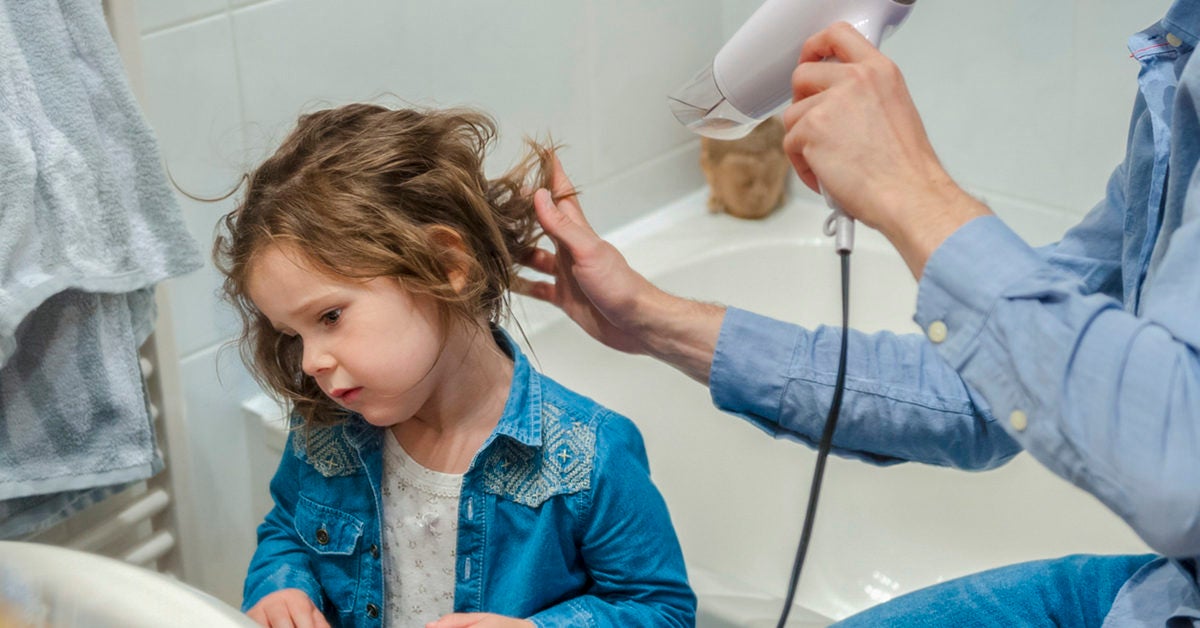Alopecia in kids is a condition where the child’s hair fails to grow or falls out prematurely. It can result from a number of causes, such as genetic conditions, autoimmune diseases, and other medical treatments. Alopecia can affect kids both physically and emotionally, leading to issues with self-esteem and social anxiety. Therefore, it’s important that parents familiarize themselves with the condition in order to provide their children with the best care possible.

Table Of Content:
- Pediatric Alopecia
- Common causes of paediatric alopecia - RACGP
- Alopecia Areata: Signs, Symptoms and Treatment Options
- Hair Loss in Children: Causes and Treatment
- What Is Alopecia Areata? | Texas Children's Hospital
- Children's Alopecia Project | Alopecia Support for children, kids and ...
- Hair loss or alopecia: children & teens | Raising Children Network
- Hair Loss in Children: Causes and Treatments
- Alopecia Areata in Children | National Alopecia Areata Foundation
- A to Z: Alopecia Areata (for Parents) - Children's Health Network
1. Pediatric Alopecia
https://www.childrens.com/specialties-services/conditions/alopecia
For alopecia areata, there is no cure, but treatment can often control the disorder. If your child is young, his or her doctor may prescribe strong ...
2. Common causes of paediatric alopecia - RACGP
https://www1.racgp.org.au/ajgp/2018/october/common-causes-of-paediatric-alopecia
3. Alopecia Areata: Signs, Symptoms and Treatment Options
https://www.nationwidechildrens.org/conditions/alopecia-areata Hair loss in children can be caused by a number of issues including hair pulling, hormone imbalances, and nutritional deficiencies. If your child suddenly ...
Hair loss in children can be caused by a number of issues including hair pulling, hormone imbalances, and nutritional deficiencies. If your child suddenly ...
4. Hair Loss in Children: Causes and Treatment
https://www.webmd.com/skin-problems-and-treatments/hair-loss/hair-loss-in-children Jun 14, 2020 ... While there is no cure for alopecia areata, treatment can control the disease in some children. Many have their hair back within a year, ...
Jun 14, 2020 ... While there is no cure for alopecia areata, treatment can control the disease in some children. Many have their hair back within a year, ...
5. What Is Alopecia Areata? | Texas Children's Hospital
https://www.texaschildrens.org/blog/2013/01/what-alopecia-areata Alopecia areata often appears suddenly, with 1 or more well defined round or oval patches of hair loss. It is a relatively common condition, affecting up to 0.2 ...
Alopecia areata often appears suddenly, with 1 or more well defined round or oval patches of hair loss. It is a relatively common condition, affecting up to 0.2 ...
6. Children's Alopecia Project | Alopecia Support for children, kids and ...
https://www.childrensalopeciaproject.org/ THE CAP MISSION ... To help any child in need who is living with hair loss due to all forms of Alopecia. We change the emphasis from growing hair to growing ...
THE CAP MISSION ... To help any child in need who is living with hair loss due to all forms of Alopecia. We change the emphasis from growing hair to growing ...
7. Hair loss or alopecia: children & teens | Raising Children Network
https://raisingchildren.net.au/guides/a-z-health-reference/hair-loss
Aug 27, 2021 ... Hair loss or alopecia in children and teens can be caused by natural shedding, stress, ringworm, nervous habits and autoimmune issues.
8. Hair Loss in Children: Causes and Treatments
https://www.healthline.com/health/hair-loss-in-children Jul 9, 2018 ... Good nutrition is essential for a healthy body. When kids don't get enough vitamins, minerals, and protein, their hair can fall out. Hair loss ...
Jul 9, 2018 ... Good nutrition is essential for a healthy body. When kids don't get enough vitamins, minerals, and protein, their hair can fall out. Hair loss ...
9. Alopecia Areata in Children | National Alopecia Areata Foundation
https://www.naaf.org/alopecia-areata-in-children People of all ages, races and both sexes can develop alopecia areata, but it often first appears during childhood. Children who have alopecia areata go ...
People of all ages, races and both sexes can develop alopecia areata, but it often first appears during childhood. Children who have alopecia areata go ...
10. A to Z: Alopecia Areata (for Parents) - Children's Health Network
https://kidshealth.org/ChildrensHealthNetwork/en/parents/az-alopecia.html
Both boys and girls can get alopecia areata, which can begin at any age. It is believed to happen when the body's immune system, which normally fights ...
What are some common causes of alopecia in kids?
Common causes of alopecia in children include genetic conditions, autoimmune diseases, and certain medical treatments such as chemotherapy. Additionally, some children may experience trichotillomania whereby they pull out their own hair due to stress or boredom.
How is alopecia diagnosed?
To diagnose alopecia in kids, a doctor will typically ask about the family history of hair loss and perform a physical examination of the scalp. They may also order tests such as blood work or imaging scans to rule out any underlying medical issues that may be contributing to the child’s alopecia.
Are there any potential treatments for alopecia in kids?
Treatment for alopecia in kids will vary depending on the underlying cause of the condition. For mild cases, a dermatologist may prescribe topical medications or light therapies such as laser therapy to stimulate hair growth. In more severe cases, surgery may be necessary for hair transplants or scalp reduction procedures.
What should I do if my child has been diagnosed with alopecia?
Once your child has been diagnosed with alopecia, it is important that you seek advice from healthcare professionals who specialize in treating this condition. Talk to your doctor about potential treatments so that you can make an informed decision on which option is best for your child's needs. Additionally, providing emotional support for your child can help them cope with any feelings they have surrounding their condition and improve their overall quality of life.
Conclusion:
Alopecia is a somewhat common condition among children but one that requires careful consideration when it comes to treatment options. With proper management and support from family members and healthcare professionals alike, those suffering from this disorder can look forward to healthier and happier lives ahead of them.
